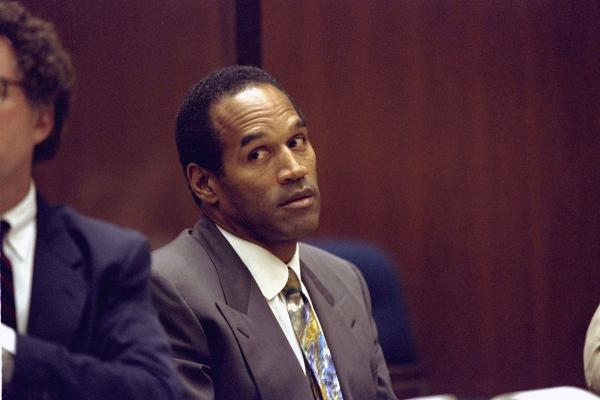IN THE FIRST half of 2016, O.J. Simpson, who still resides in a Nevada prison for his bungled robbery of sports memorabilia, seemed to be everywhere. First, there was the FX series “The People vs. O.J. Simpson: American Crime Story,” a high-quality, behind-the-scenes dramatization of Simpson’s 1995 murder trial. Then came “O.J.: Made in America,” a seven-and-a-half hour epic ESPN documentary in which director Ezra Edelman finally gives the Simpson story its due as a landmark event in the history of U.S. attitudes toward race, celebrity, and domestic violence, and in the evolution of our mass media culture.
Among other things, the O.J. Simpson murder trial marked the end of an era in which professional journalists observed events, then summarized and framed them into a coherent narrative for public consumption. This legacy of the print age persisted well into the broadcast era. Until the late 20th century, live, real-time TV coverage was limited to things like sporting events, inaugurations, and moonshots, or national disasters. Otherwise, the world was presented to TV viewers in one neat, 30-minute daily package at 6 p.m.
Like everything else in American culture, this started to change as cable replaced over-the-air broadcasting and specialty channels proliferated. In 1979, C-SPAN started running gavel-to-gavel coverage of the generally somnolent proceedings of the U.S. Congress. But CNN came along the next year to make things such as a toddler falling down a well in Texas into a national melodrama. True, CNN also went wall-to-wall on things such as the Iran-Contra investigations and the first Iraq war, but in the months between legitimate big events it also whipped up essentially local stories, such as child disappearances or shark attacks, into manufactured national crises.
Read the Full Article

